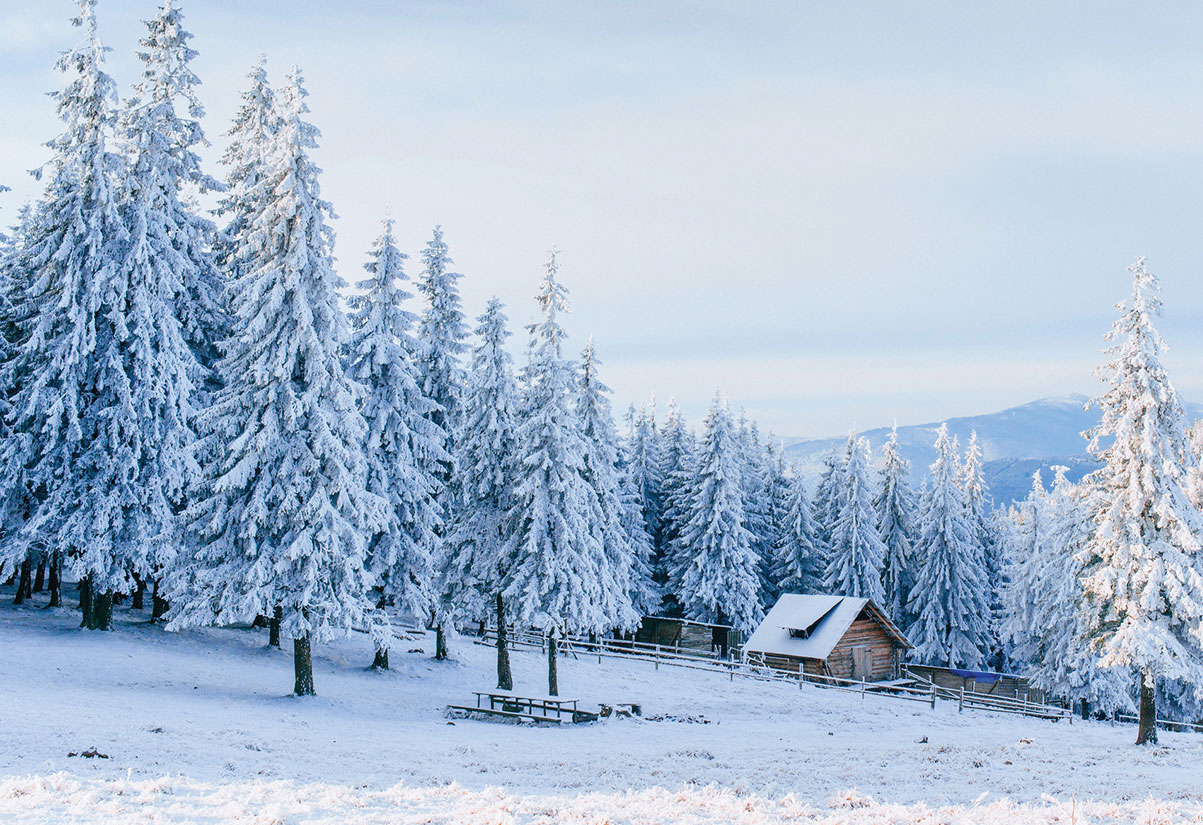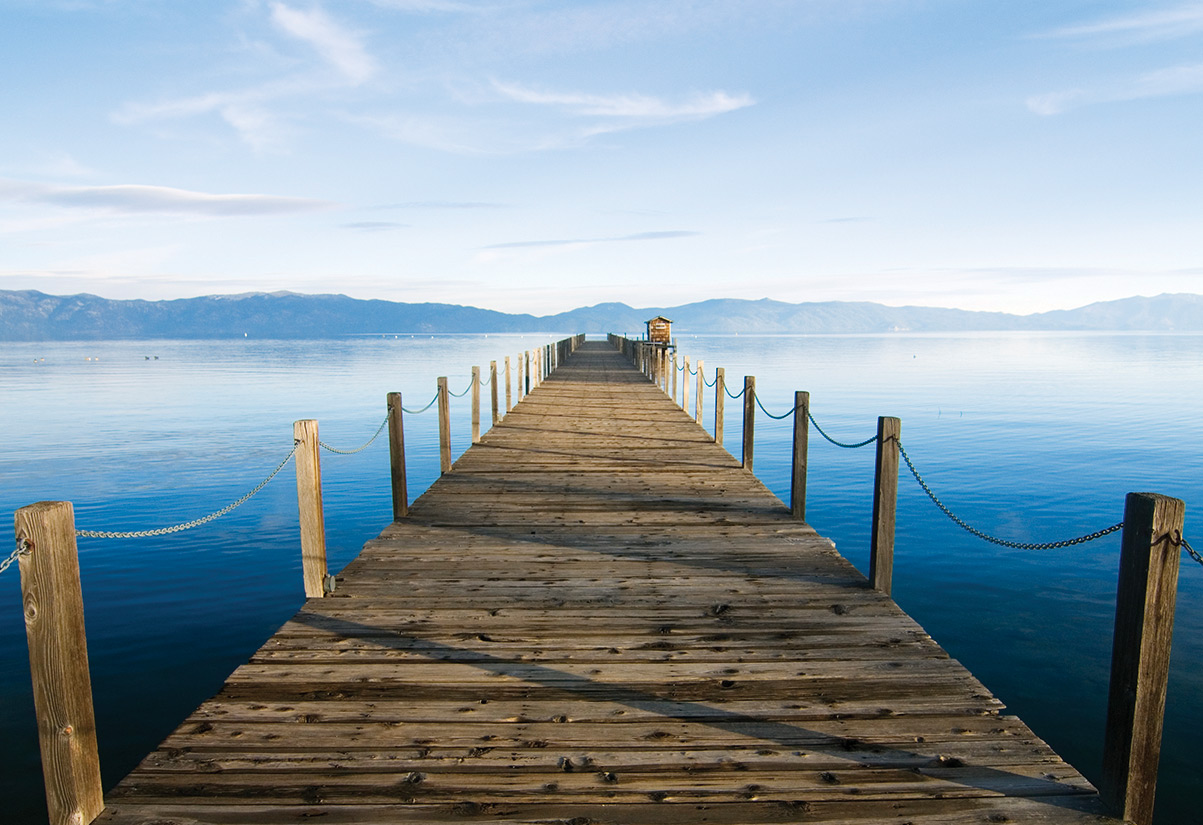US Forest Service Cabin Program Lake Tahoe

Living on land managed by the US Forest Service is a great way to get the true “Cabin in the Woods” experience. Congress established a land/lease program in 1915 to facilitate family recreation experiences within our National Forests.
This program is rich in history, and many cabins remain within families for many generations. The cabin and its improvements remain as the personal property of the owner and can be sold. The land however, is leased from the US Forest Service and requires an annual fee.
These cabins can be found throughout the 24 states and Puerto Rico. Historically, only 3% of these cabins trade ownership each year and they rarely come on the market. My featured listing this month is one of these unique cabins located at 358 Twin Craggs Road in Tahoe City.

About the Program
The rich history of this program allows ownership to pass among generations of cabin owners. It is open to all people willing to purchase a cabin from a current owner and meet the qualifications necessary to obtain a permit from the Forest Service.
Nearly 14,000 cabins, within 114 National Forests, are in the Recreation Residence Program and the benefits include:
--Rustic ‘back to nature’ experiences for family and friends.
--Backwoods cabin lodging for kids, parents, and grandparents, alike.
--Forest stewardship opportunities and outdoor education experiences.
--Natural world recreation activities that embrace a multi-generational environment.
--A respite from urban congestion, our modern culture and the digital world.
--Small community relationships and restrictions that maintain architectural integrity and charm.
About the Fees
When this program began 100 years ago, fees for the lots were between $10 and $25 per year. Owners were able to build cabins up to 1,200 square feet.
In 1955, Congress asked the Forest Service to establish fees based on market value. Since this land is generally located in highly desirable resort communities, rising market values meant higher lease fees. The program became cost prohibitive for cabin ownership and faltered. These fee regulations underwent changes over the years, but after a 7-year legal battle, a tiered system was established in 2014.
As of 2016, the Cabin Fee Act (CFA) has permanently placed each cabin into 1 of 11 fee tiers that range from $650 to $5,650. Lease fees start at $650 a year and go up in $100 increments each year until they reach $5,650 per year. The average permit fee when looking at all cabins in this program is usually around $2,200 a year.
Recreation Program Tenets
The Term Special Use Permit is issued by the local Forest Service district every 20 years, with the next renewal in 2028. The permit does not convey property rights like a lease does and is subject to revision by the Forest Service.
Annual Forest Service permit fees are due, in addition to state and local taxes. As of 2016, the Cabin Fee Act (CFA) has permanently placed each cabin into 1 of 11 fee tiers that range from $650 to $5,650.
Future fees can only increase by inflation (IPD-GDP index). Currently, the land use fees collected by the Government are deposited into the U.S. Treasury and represent the payment for rights and privileges for use of National Forest land and not for any services related to the cabin (i.e. road maintenance, etc.).
Beginning in 2025, RRP permit fees will be retained by the Forest Service for use in administering the RRP and other recreation programs on National Forest System lands. Commercial or time-share use is not allowed. Rental policies are intentionally restrictive by Region to ensure the ‘cabin in the woods’ nature of the program is maintained.
Full-time or permanent occupancy is not allowed and is subject to maintaining a permanent residence elsewhere. If designated as historic, the cabin’s exterior appearance, color and materials must maintain the historic nature of the structure, site and cabin tract, and proposed improvements must be approved by the Forest Service and the State Historic Preservation Office.
Cabin owners are often responsible for road maintenance. However, the current administration is looking at funding for US Forest roads through the Legacy Roads and Trails Remediation Program, which could cover road and trail maintenance.
Owners are responsible for utility services and assume risk of loss of the cabin. Sellers must provide a copy of their Term Special Use Permit to all prospective purchasers. Also, a Transfer Fee of $1200 indexed to inflation, is due when cabin ownership changes and a new permit is issued.
Term Special Use Permit
Purchaser must apply for a new Term Special Use Permit. Permits are not transferrable. The Term Special Use Permit can be held by 1) an individual, 2) a married couple, or 3) the trustee of a Forest Service-approved single asset trust owning the cabin. Shared or multiple ownership of a cabin is not authorized by the permit, however, due to family inheritance, and other factors, multiple ownership is common.
Regional and National guidelines, written to maintain the rustic nature of the program, direct and restrict development and use of the cabins and their surroundings. Prospective buyers and current owners are highly encouraged to discuss and review permit terms, policy, and guidelines with the local District Ranger and staff prior to completing a sale.
Changes in federal legislation and changes in personnel within the Forest Service often affect program oversight and how local districts administer their cabin tracts. The Program has evolved over its 100-year history, so you should expect modest program changes as they confront future challenges on National Forests.
The above information is subject to change and should be verified for accuracy. Buyers should investigate the rules and restrictions by visiting the following websites:
National Forest Home Owners website at: https://www.nationalforesthomeowners.org/page/Cabin_Program.
Comprehensive information about rules and restrictions can be found at: https://www.fs.fed.us/specialuses/special-recreation-residence.shtml.
2021 promises to be another year of strong buyer demand. If you are considering listing your property for sale, this may be a great time to get the best return on your investment. Contact me today for more information.





